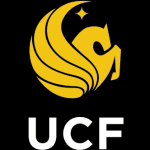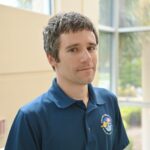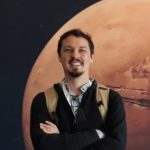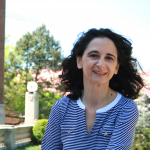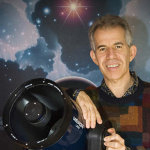Small Bodies
“Small bodies” are big on science! Small bodies are comets, asteroids, trans-Neptunian objects (TNOs), Trojans, and Centaurs that are all remnants from the planetary formation era 4 ½ billion years ago. Studying these objects’ behavior and evolution allows us to answer some of the most fundamental questions in astronomy and planetary science:
- What were the initial ingredients of the solar nebula?
- How were those ingredients distributed?
- Where did Earth’s water originate and how much came from asteroids and comets?
- Where are all the organics?
- Where are the original reservoirs of ice?
- What does the surface reveal about the processes acting in interplanetary space?
- What does the interior structure reveal about how bodies are put together and the conditions in the early solar nebula?
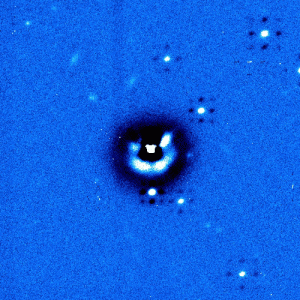
We use ground- and space-based telescopes as well as spacecraft to obtain images, photometry, and spectra in visible, infrared, thermal, and radio wavelengths, allowing us to understand things like composition, thermal properties, mechanical properties, rotation state, shape, binarity, and the nearby dust environment. For example, the animated picture at left shows processed images revealing day-to-day changes in Comet 29P as it suffers an outburst that shed about a billion kilograms of dust and ice in just a few hours. We use spacecraft missions to visit specific comets and asteroids and investigate them in unprecedented detail as geological objects. We are also the site of CLASS, the NASA SSERVI-funded Center for Lunar and Asteroid Surface Science. Our research lets us understand what the small bodies are like today and how they are evolving in order to truly understand how small bodies represent the make-up of the early Solar System.
Many of our current faculty (and alumni!) have been honored with having asteroids named for them!

